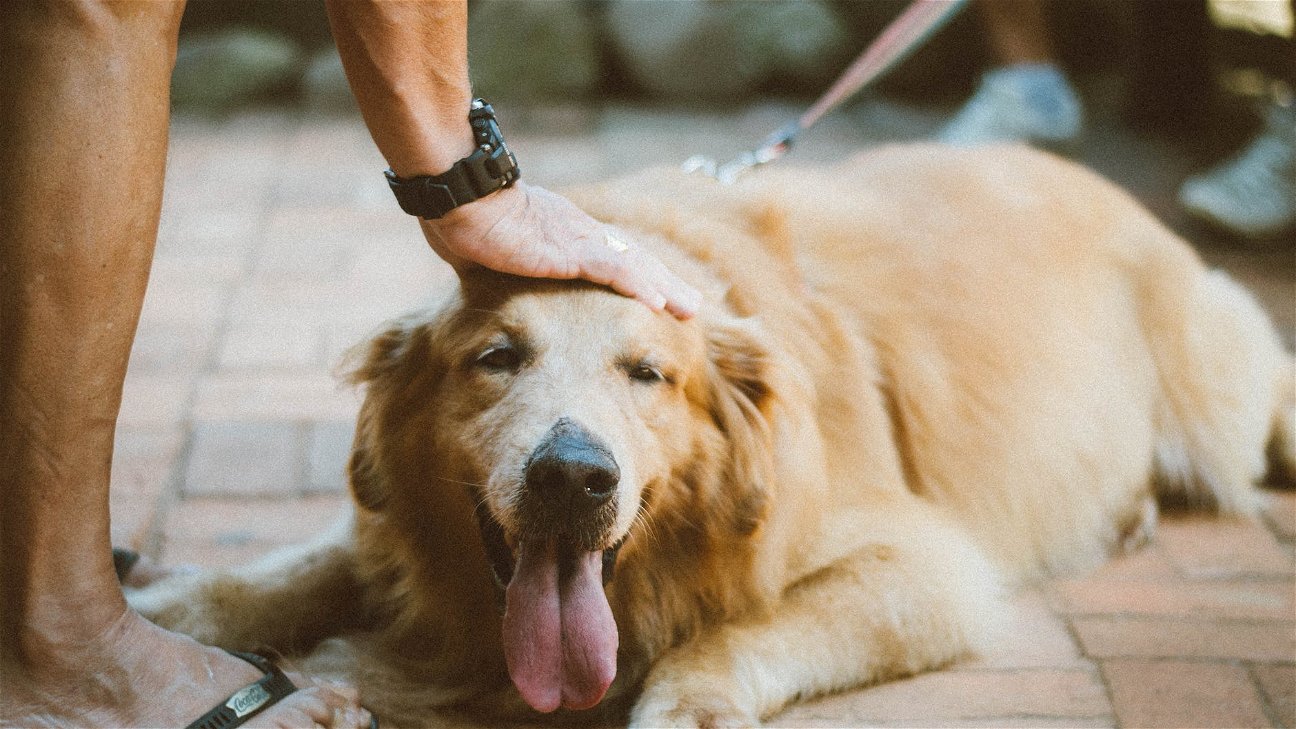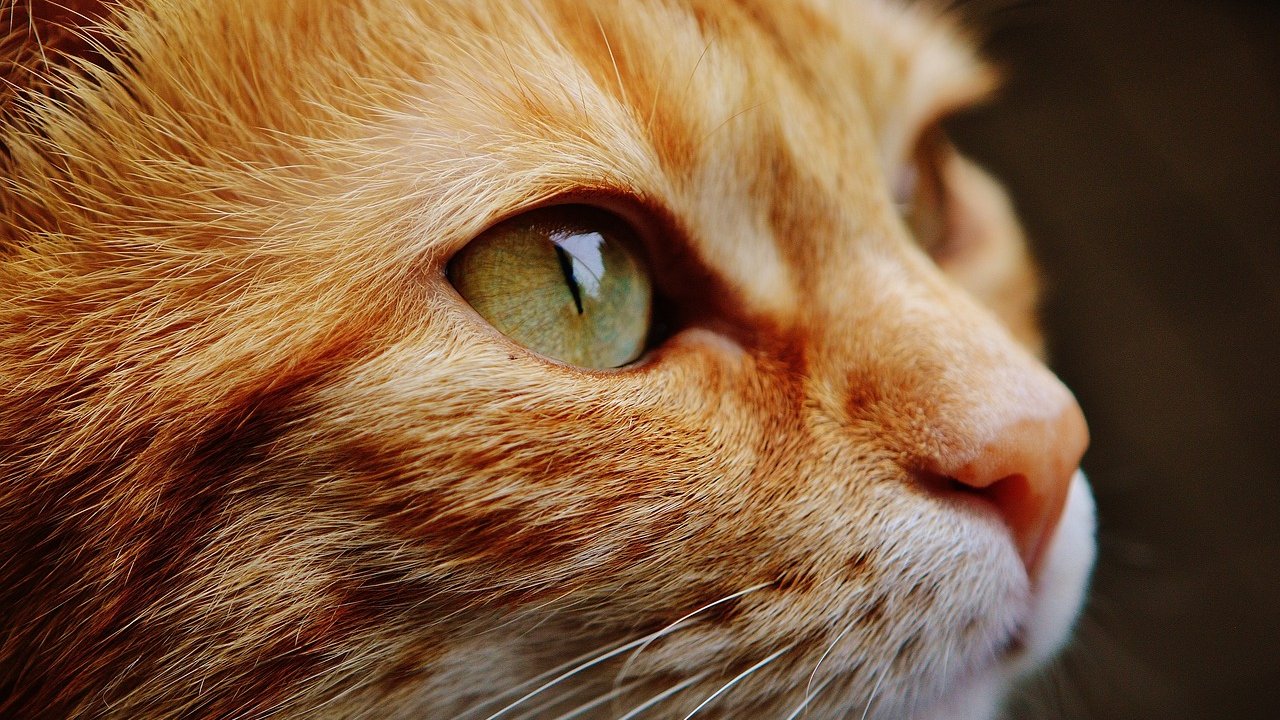
Ever wondered why your cat seems to be drawn to your red throw blanket, or why your dog doesn't seem to notice the bright yellow ball in the grass? It turns out, the world appears quite differently to our pets than it does to us, thanks largely to the role colors play in their perception.
Color Perception in Pets
Most people assume that pets see in black and white. However, this is a widely spread myth. The reality is that pets do perceive color, but not in the same way as humans. Dogs, for instance, are dichromats meaning they perceive only two primary colors: blue and yellow. Cats, while not colorblind, see less color than humans.
How Colors Influence Pet Behavior
Colors can have a significant impact on pet behavior. Here are four fascinating insights about how colors influence our furry friends:
-
Mood Elevation or Depression: Bright colors like red, orange, and yellow can stimulate pets, making them more alert and active. On the other hand, cool colors like blue and green can have a calming effect, reducing stress and anxiety in pets.
-
Appetite Stimulation: Research has shown that some animals are more likely to eat food that is brightly colored. For instance, dogs are more likely to eat food that's yellow or blue than food that's brown or gray.
-
Perception of Toys and Objects: Pets tend to interact differently with toys or objects based on their color. Dogs, for instance, can easily spot yellow and blue toys against the green grass, making these colors ideal for outdoor dog toys.
-
Behavioral Changes: Certain colors can trigger specific behavioral changes in pets. For instance, birds can become more aggressive when exposed to the color red.
Using Color for Your Pet's Well-Being
Understanding color perception in pets is not just fascinating, but it can also be beneficial for their well-being. By choosing the right colors for their toys, food bowls, and even walls, you can create a more comfortable and stimulating environment for your pets. For example, cool colors like blue and green can create a calm, peaceful environment, while bright colors like red and yellow can stimulate activity and play.
It's important to note that color is just one factor that can influence pet behavior. Other factors such as breed, age, health, and individual personality can also play a big role. Always observe your pet's individual behavior and consult with a vet or a pet behaviorist if you notice any significant changes.
In conclusion, the world of colors is much more complex and intriguing in the eyes of our pets than we might think. By understanding how colors influence pet behavior, we can better cater to their needs and create a more enriching environment for them.











